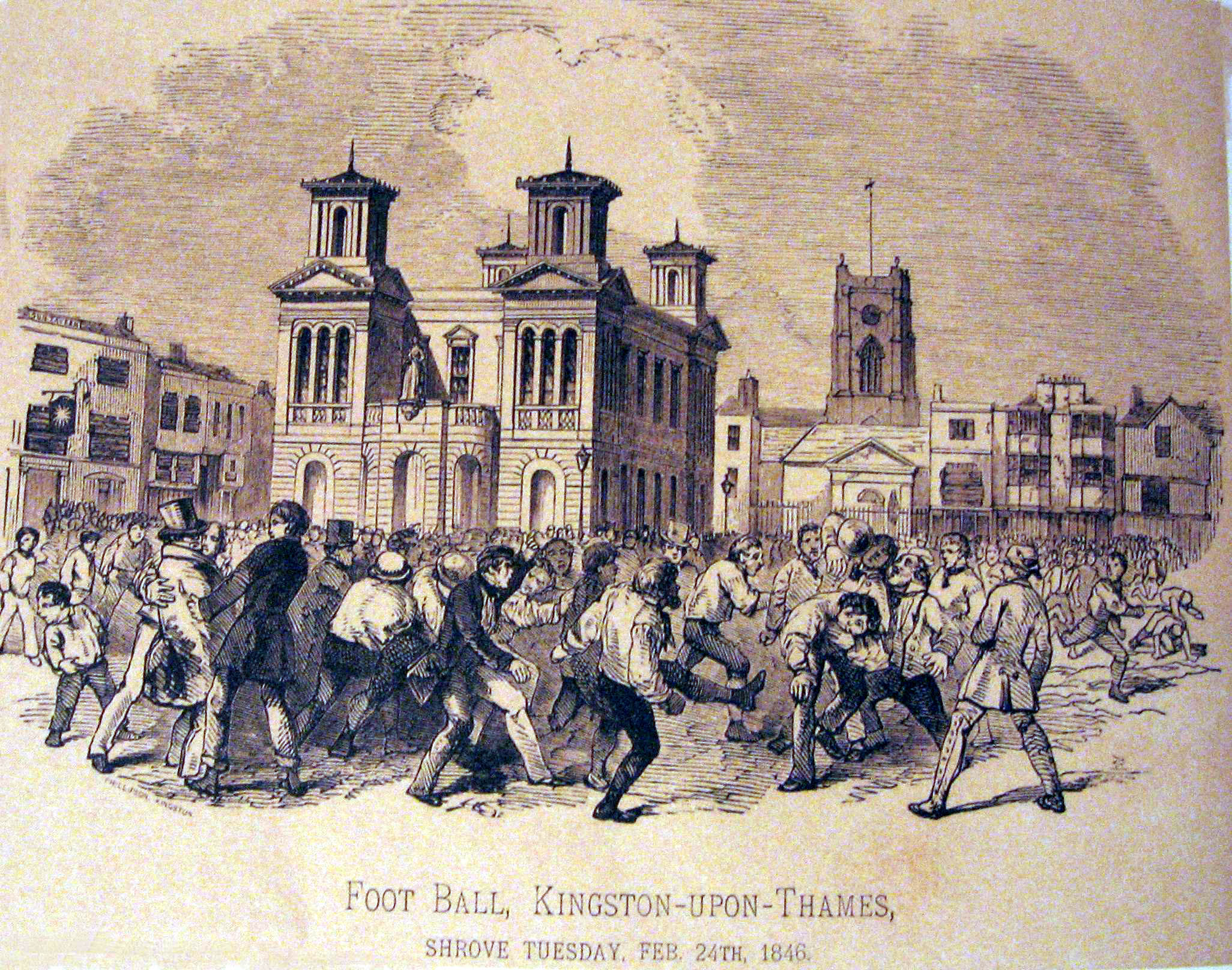The Laws of Rugby
- Introduction to Rugby
- Rugby Basics and Player Safety
- Understanding Game Sequence
- Set Pieces: Scrums and Line-Outs
- In-Game Situations
- Fouls and Penalties
- Game Officials and Their Role
- Application of Laws in Real-world fixtures
Introduction to Rugby
Rugby: The Sport and Its History

Collective term for rugby union and rugby league team sports.
Rugby is a dynamic and complex sport that has captured the hearts of millions around the world. Its unique blend of physicality, strategy, and teamwork makes it a fascinating game to both play and watch. This unit will provide an overview of what rugby is, its origins, and its evolution over time.
Understanding the Sport of Rugby
Rugby is a team sport that originated in England in the early 19th century. It is played between two teams of 15 players (in Rugby Union) or 13 players (in Rugby League), on a rectangular field. The objective of the game is to score more points than the opposing team within 80 minutes of play. Points can be scored through tries, conversions, penalty kicks, and drop goals. The game is known for its physicality, with players tackling each other to prevent the opposing team from scoring.
The Birth of Rugby
The sport of rugby is believed to have originated from a game played at Rugby School in England, where it gets its name. According to legend, during a game of football in 1823, a student named William Webb Ellis picked up the ball and ran towards the goal, an act that was against the rules. This rebellious act is often cited as the birth of rugby, although its accuracy is disputed.
Rugby evolved over the years, with the first set of written rules appearing in 1845. The sport quickly spread to other schools and universities, and eventually to other countries, carried by British colonists and immigrants.
Key Milestones in Rugby History
Rugby has undergone significant changes since its inception. One of the most significant events was the split between Rugby Union and Rugby League in 1895. This split occurred due to a dispute over player payments, with Rugby League allowing professional players while Rugby Union remained strictly amateur until 1995.
The introduction of the Rugby World Cup in 1987 was another key milestone. This global tournament, held every four years, has become the pinnacle of the sport, showcasing the best teams from around the world.
The inclusion of Rugby Sevens, a faster and shorter variant of the game, in the 2016 Olympics, has also been a significant development, helping to further globalize the sport.
Rugby's history is rich and varied, reflecting the sport's evolution and growth. As we delve deeper into the laws of rugby in the following units, this historical context will provide a deeper understanding of the game as it is played today.